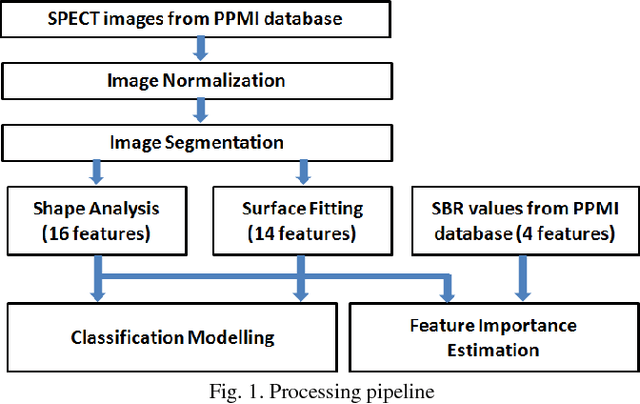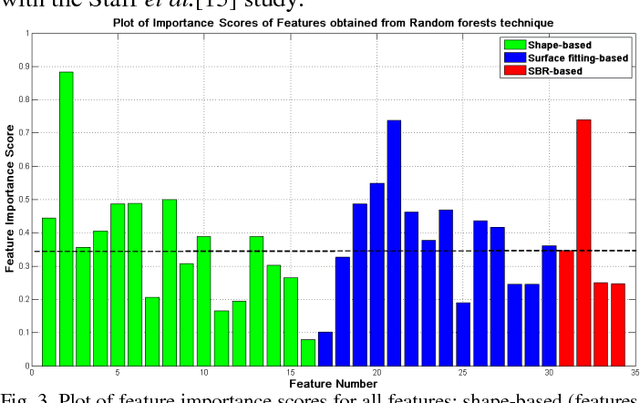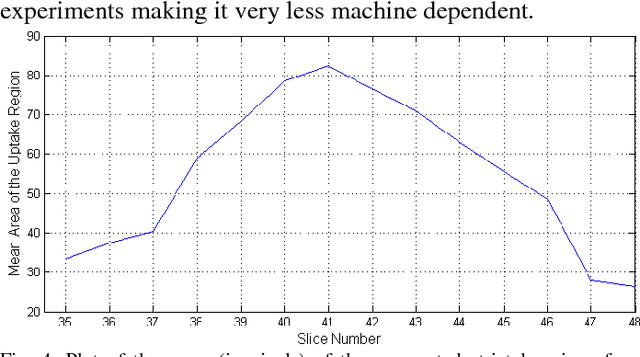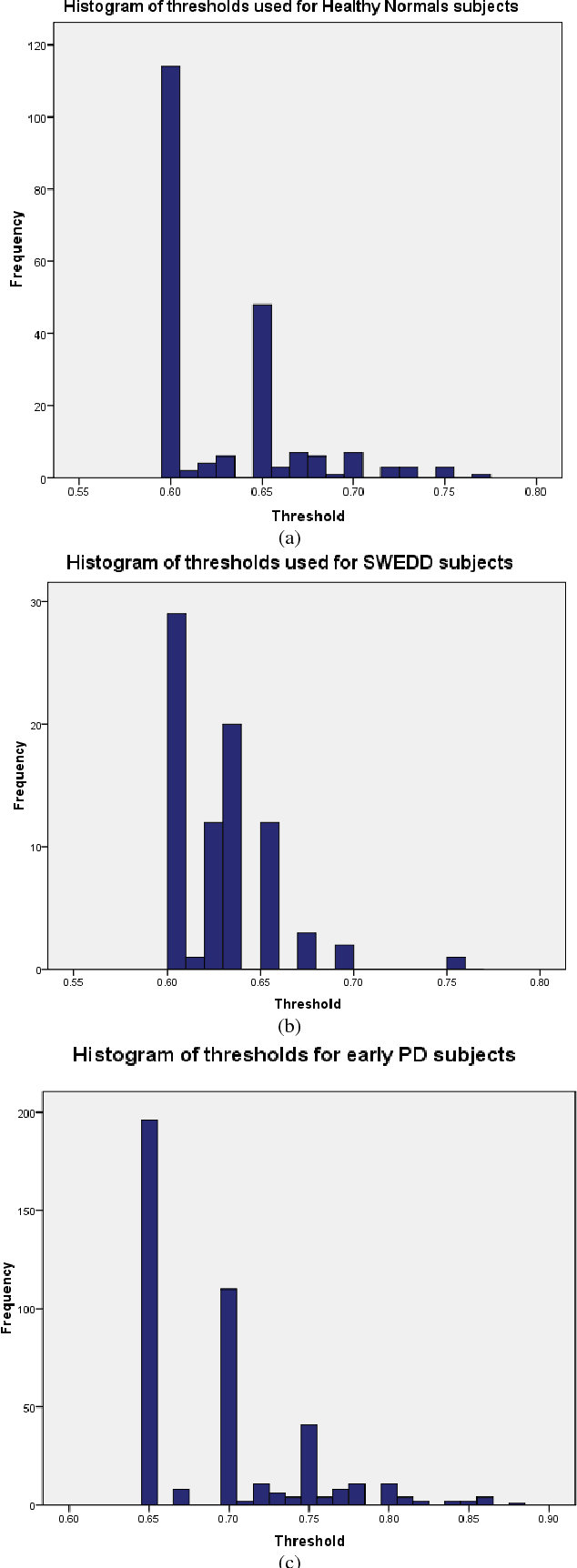R. Prashanth
Accurate early detection of Parkinson's disease from SPECT imaging through Convolutional Neural Networks
Dec 06, 2024Abstract:Early and accurate detection of Parkinson's disease (PD) is a crucial diagnostic challenge carrying immense clinical significance, for effective treatment regimens and patient management. For instance, a group of subjects termed SWEDD who are clinically diagnosed as PD, but show normal Single Photon Emission Computed Tomography (SPECT) scans, change their diagnosis as non-PD after few years of follow up, and in the meantime, they are treated with PD medications which do more harm than good. In this work, machine learning models are developed using features from SPECT images to detect early PD and SWEDD subjects from normal. These models were observed to perform with high accuracy. It is inferred from the study that these diagnostic models carry potential to help PD clinicians in the diagnostic process
High Accuracy Classification of Parkinson's Disease through Shape Analysis and Surface Fitting in $^{123}$I-Ioflupane SPECT Imaging
Mar 04, 2017



Abstract:Early and accurate identification of parkinsonian syndromes (PS) involving presynaptic degeneration from non-degenerative variants such as Scans Without Evidence of Dopaminergic Deficit (SWEDD) and tremor disorders, is important for effective patient management as the course, therapy and prognosis differ substantially between the two groups. In this study, we use Single Photon Emission Computed Tomography (SPECT) images from healthy normal, early PD and SWEDD subjects, as obtained from the Parkinson's Progression Markers Initiative (PPMI) database, and process them to compute shape- and surface fitting-based features for the three groups. We use these features to develop and compare various classification models that can discriminate between scans showing dopaminergic deficit, as in PD, from scans without the deficit, as in healthy normal or SWEDD. Along with it, we also compare these features with Striatal Binding Ratio (SBR)-based features, which are well-established and clinically used, by computing a feature importance score using Random forests technique. We observe that the Support Vector Machine (SVM) classifier gave the best performance with an accuracy of 97.29%. These features also showed higher importance than the SBR-based features. We infer from the study that shape analysis and surface fitting are useful and promising methods for extracting discriminatory features that can be used to develop diagnostic models that might have the potential to help clinicians in the diagnostic process.
 Add to Chrome
Add to Chrome Add to Firefox
Add to Firefox Add to Edge
Add to Edge